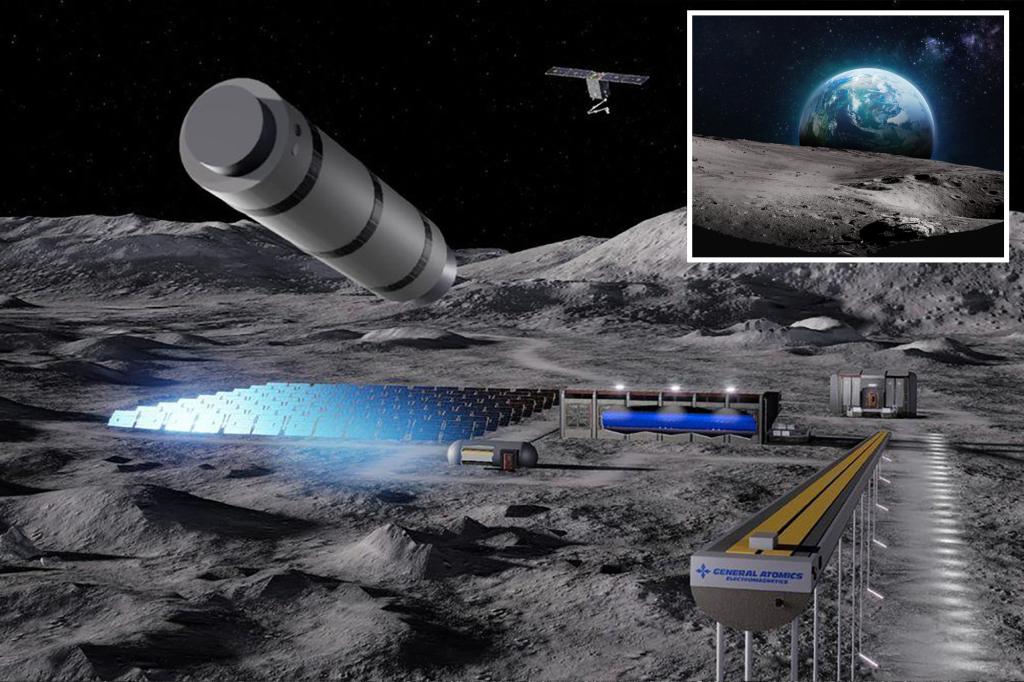This lunar-bound launcher is straight out of a sci-fi movie.
Chinese scientists are planning to build an $18 billion magnetic space device to fling resources back to Earth in hopes of fixing the planet’s energy crisis, according to a new report.
The launcher, dubbed a magnetic levitation facility by researchers at Shanghai Institute of Satellite Engineering, will work like an Olympic hammer thrower by spinning before launching space material toward Earth, the South China Morning Post reported Sunday.
The plan could be linked to China’s joint space venture with Russia, in which the two countries proposed a research station to be built on the lunar south pole by 2035.
“The system’s technical readiness is relatively high,” the researchers said in the journal Aerospace Shanghai.
The launcher will cost a whopping 130 billion yuan — or $18.2 billion, according to the South China Morning Post.
It will be primarily used to extract Helium-3, an isotope present on the lunar surface, in hopes of fixing Earth’s energy crisis.
Helium-3 is a promising way to power up China by nuclear fusion – a cleaner method of nuclear energy, according to researchers.
According to the Shanghai researchers, just 20 tons of this element could be enough to light up China for a year.
The launcher will require only electricity to function, which it will derive from solar and nuclear sources, eliminating the need for any propellants.
Using the moon’s high vacuum and low gravity, it will launch payloads twice daily at roughly 10% of current transport costs, according to the Shanghai researchers.
The launcher will weigh 80 metric tons and require China’s heavy rocket, the Long March 9, to transport it up to space.
Still, the ambitious device will have to overcome technical complications, like the rocky terrain of the moon’s surface and temperature fluctuations to make its debut.
The proposed date of construction and implementation for the launcher is still unclear, but will be designed to last up to 20 years once on the moon’s surface.
